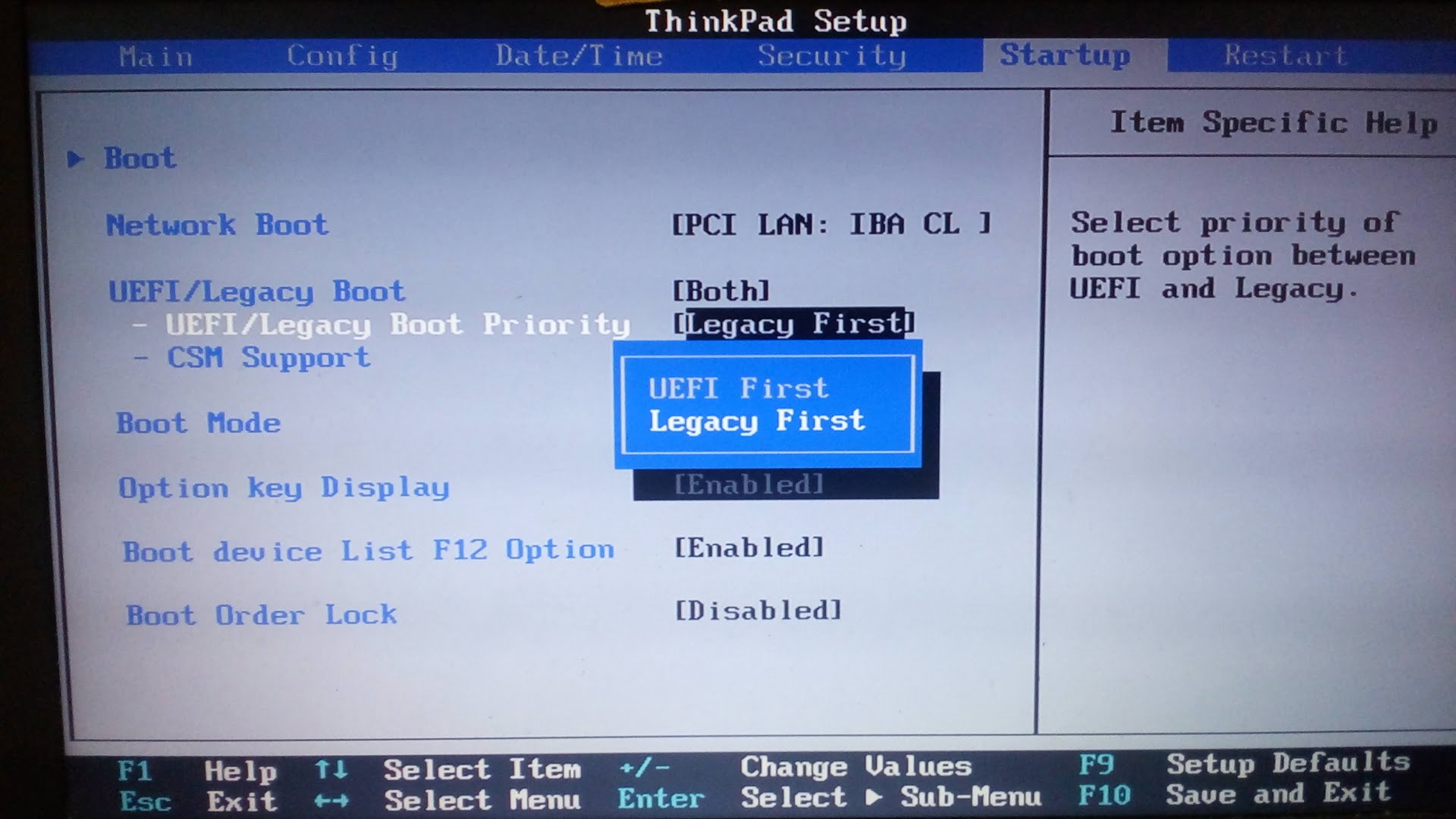

If you get "command not found", you need to use grub-mkconfig directly. To check for that, just type it in the root terminal. You may also have a a command called update-grub. This is done with a tool called grub-mkconfig or grub2-mkconfig it will have been in that list you found with Tab earlier. Save the file and check in a file browser to make sure it really has been saved and looks the way it should.
#FASTCOMPUTER LINUX INSTALL TO HARD DRIVE WINDOWS#
Adding a Windows boot optionĬopy-paste this in with the text editor at the end of the file: menuentry "MS Windows" )/Windows/Boot/EFI/bootmgfw.efi Open it in your text editor, copy paste the part above (starting w/ #!/bin/sh) and on to the next step. > chown yourusername /etc/grub.d/40_custom If you can't find it, in the root terminal enter the following commands: > touch /etc/grub.d/40_custom # menu entries you want to add after this comment. # This file provides an easy way to add custom menu entries. You can now navigate to /etc/grub.d in your filebrowser and look for a file called 40_custom. If you get chown: invalid user: ‘yourusername’, you took the last command too literally. If you get "Operation not permitted", you did not su properly. However, you are still a normal user in the GUI, and since we will be editing a text file, if you prefer a GUI editor we will have to temporarily change the ownership of that file and the directory it is in: > chown -R yourusername /etc/grub.d/ From this point forward, you are the superuser in that terminal (to check, try whoami), so do not do anything stupid. Accessing the GRUB configurationīoot linux, open a terminal, and > su root

Once you have linux installed and you've made sure it can boot, plug the Windows drive back in (if you removed it - and remember, we ideally want it first in terms of drive order, and the second drive first in terms of boot order) and proceed to the next step. The easiest and most foolproof way to do that would be to temporarily remove the Windows drive from the machine, since we are going to assume there is nothing extra installed on it, regardless of drive order. In the second case, you should first try and re-install linux onto the second disk, and this time make sure that's where the bootloader goes. I installed linux onto the second disk, but using the first disk for the bootloader, and now I can't boot anything! I installed linux onto the first disk and now I can't boot windows, or Not all installers are created equal, however, and if this gets screwed up and you are left with problems such as: Hopefully, you can just go ahead and use a live CD or whatever and get this done using the GUI installer. There is a way to trick it, however, if you prefer or need it the other way around. The reason I recommend linux on the second drive is because GRUB must "chainload" the Windows native bootloader, and the windows bootloader always assumes it is on the first drive. An added advantage of this is that you can then use the BIOS/UEFI boot order to select the windows drive and bypass grub if you want. The ideal way to get what you want is to install linux onto the second drive in terms of drive order and then select it first in terms of boot order using the UEFI set-up. We are going to use UUIDs in configuring the boot loader to try and avoid issues such as this (contemporary linux installers also do this). Also, if you unplug the first drive, the second drive will likely become the first one. Drive order should not be configurable or affected by boot order, since that would be a very OS unfriendly thing to do (but in theory an obtuse BIOS could). This is not necessarily the same as the drive order, and is usually configurable via the BIOS set-up screen. Boot order refers to the sequence in which the BIOS checks for a bootable drive. Drive order refers to the order in which the drives are physically connected to the bus on the motherboard (first drive, second drive, etc.) this information is reported by the BIOS. GRUB (actually, GRUB 2 - this is often used ambiguously) is the bootloader installed by linux and used to dual boot Windows.įirst, a word about drive order and boot order. I'm going use the term BIOS below when referring to concepts that are the same for both newer UEFI systems and traditional BIOS systems, since while this is a UEFI oriented question, talking about the "BIOS" jibes better with, e.g., GRUB documentation, and "BIOS/UEFI" is too clunky.


 0 kommentar(er)
0 kommentar(er)
